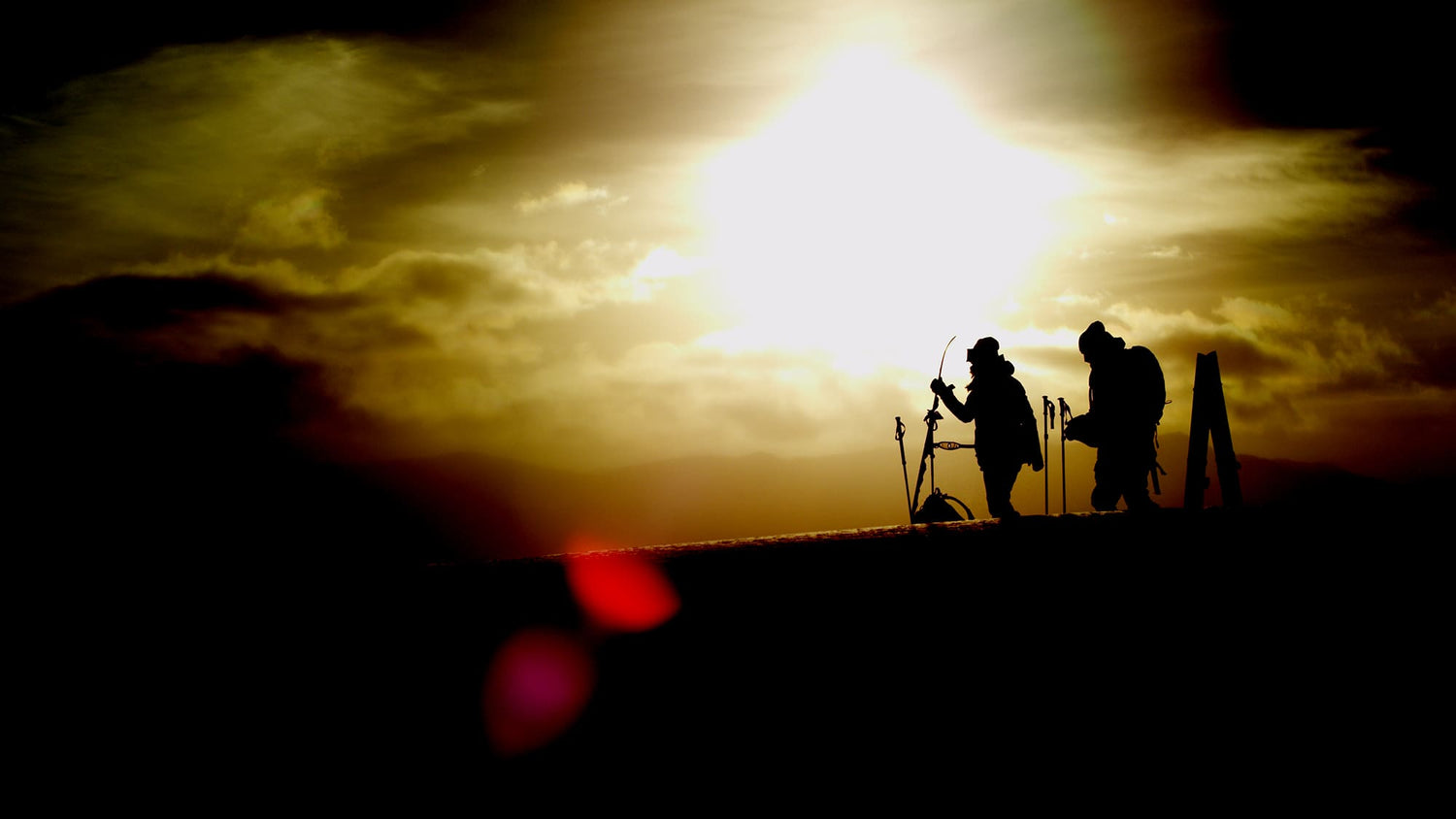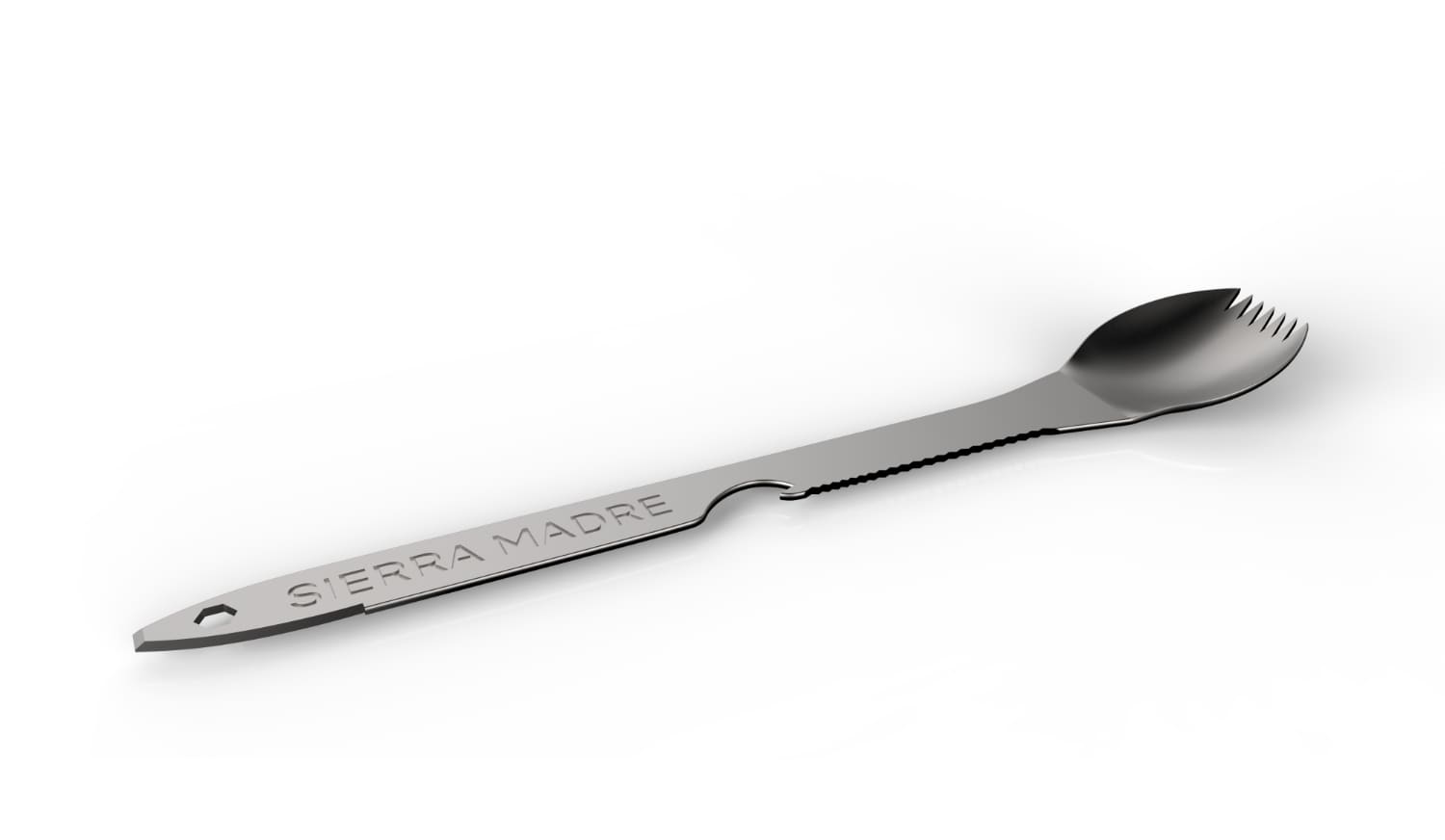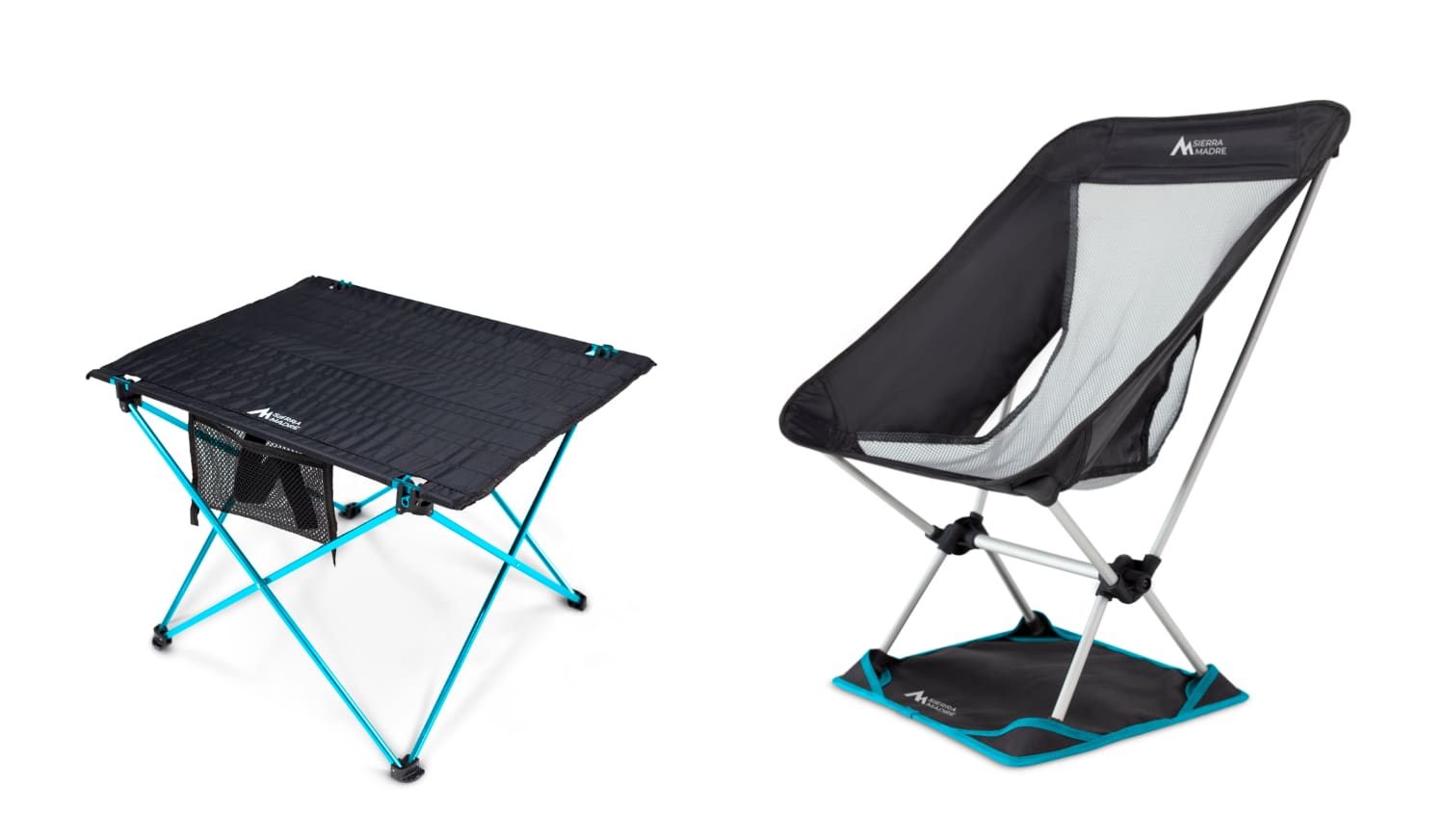Let's start with the basics of staying warm in your camping hammock.
If you've been thinking about dusting off your camping hammock for a bit of wintery backpacking adventure, have a seat - you're going to want to read this! Hammocks are a phenomenal way to experience nature, but you should definitely be aware of a few tricks of the trade before you venture out into the cold with your beloved hammock.

The Thermal Reality
The reality to warmth is this, your body is a heater. It uses the caloric energy that you consume, by eating food, to convert that into energy and heat thus stabilizing your body at the ideal body temperature of 98.6°F. When your body is surrounded by cold you have a few options.

- Trap the heat you are creating with insulation. Meaning you surround your heat with layers and space from the cold, to ensure your heat stays with you longer.
- Eat more food and convert that energy into heat by doing work. Meaning you do jumping jacks and warm your body up.
- You use an outside heat source to warm your body. AKA a fire, electronic heating source, or pick a better setup location that blocks the wind.
The very basics of Insulation
Insulation is really just a barrier between hot and cold. In our hammock camping situation, we use insulation to trap our heat and stay warm, how? The biggest contributor to retaining your heat is loft, which is just the thickness of your insulation. In general the thicker your insulation the more heat you will retain and the longer you will stay warm.
To sum it up: Thicker Insulation keeps you warmer for longer.

The next factor in insulation is dead space, this is the void space between your body and the insulation. Having extra space to freely move around inside your insulation may be enjoyable at first, but all of that space has to be heated by your body first before it even makes it to the insulation layer. This means extra space, even when it's trapped with you under your insulation, is going to rob you of heat thus cooling you down quickly!
To sum it up: Dead space under insulation wastes heat.

Insulation Fails and CBS (cold butt syndrome)
Cold Butt Syndrome (CBS) is most literally you having a frigidly cold butt and back when trying to sleep! It really boils down to an insulation problem, let's dive deeper...

Hammock camping (we call it Air Camping), is very different from Ground Camping or Tent Camping, because... well, you're suspended in the air. Being in the air has many advantages but one disadvantage is the fact that you no longer have the ground to insulate you from cold air. When hammock camping you are suspended in the air between two trees and you have only a thin piece of fabric separating you from the frigid air. If the surrounding air temperature is lower than your body temperature it will quite literally pull the heat right out of your body with a thermal phenomenon known as convective cooling. This makes hammock camping great for hot summer nights but much colder in the cooler months (below 65°F). This is summed up as CBS, or Cold Butt Syndrome and it's a real Debbie Downer the first time you encounter it unprepared!
Why you're sleeping bag doesn't work in a hammock...
So why can't I just use my sleeping bag to stay warm? Well, the simple truth is your sleeping bag was designed for the ground. It works really well at insulating your top half and then a sleeping pad insulates your back half. When you hop in your hammock with your sleeping bag your backside compresses the insulation against the hammock fabric and basically makes the insulation useless. Remember, the primary factor in staying warm with insulation is loft and if your sleeping bag has no loft on your backside, you'll be cold, miserable, and not getting any sleep - so now what?
What are my options then?
There are two options that we've seen work well for insulating your camping hammock.

- Sleep on top of a pad inside your hammock.
- Use an Under Quilt to insulate from the outside of your hammock.
The sleeping pad option is a great starter option if you already have a camping pad. It's pretty straightforward just place your pad in the hammock and lay on top of it, this will help insulate your backside and keep you warm.
Here are the pros and cons of using a pad to stay warm when hammock camping in cooler weather:
- Pro, if you already have it use it! Having this item already gives you the ability to try it out immediately and see if it works for you.
- Pro, if you ever run across a place without trees and you're forced to go to ground, having the pad makes cowboying it a little more comfy!
- Pro, in general a pad is going to be a bit less expensive than an underquilt.
- Con, honestly pads slide around A LOT in hammocks and you might find that it takes a lot of fidgeting to get comfortable.
- Con, most hammocks aren't made for pads so the sizing and fit may be awkward to figure out.
- Con, cold spots, a pad in a hammock can lead to cold shoulders and elbows simply because you are wrapped in the hammock body and the pad is only under your back.
- Con, You have to blow it up if your pad uses air, and be careful - 1 hole means a flat pad and a cold sleepless night!
- Con, limited temperature range. Pads are meant to work with the ground to keep you warm, so using them in the air greatly reduces the warming capabilities of the pad. If your pad has a temp rating better add ~18°F just to be safe.
- Note that the weights of pads vary greatly depending on thickness, R-value, and style. In general a top-line pad will be slightly heavier than a top-line Underquilt for the same temperature rating, but not by much.
The next option is insulation placed on the outside of the hammock, this is generally an UnderQuilt. Hammock UnderQuilts are really just a sleeping bag for the Outside of your hammock, so that the insulation does not compress and you stay warm!
Here are the pros and cons of using an UnderQuilt to stay warm when hammock camping in cooler weather:
- Pro, you sleep very comfortably wrapped in the form-fitting hammock fabric vs. sliding around on a pad.
- Pro, no blowing up pads, no worrying about a small accidental puncture. Underquilt insulation continues to work great and is relatively low maintenance.
- Pro, a good goose down UnderQuilt is going to pack down nice and small and be very lightweight.
- Pro, full coverage, UnderQuilts are going to protect your shoulders, knees, and elbows from getting cold.
- Pro, large variation of temperature range. You can easily span 0° - 65°F with an appropriately designed UnderQuilt that allows venting.
- Con, pending the design UnderQuilts can get complicated fast, and if you set it up wrong (with dead space) you could be in for a cold night.
- Con, UnderQuilts can be expensive. It's like buying a second sleeping bag and we all know you get what you pay for when it comes to a sleeping bag.
- Con, if you're use to sleeping on a pad in a tent you may find UnderQuilts to be a bit bulkier than your pad.
Get to the point.
Winter hammock camping is actually my favorite time of the year to Air Camp. I love staying warm vs. trying to find ways to cool down. I've tried every method out there for staying warm in a hammock and ultimately we landed on developing the Inferno TopQuilt and UnderQuilt system. It's our top line, incredibly efficient hammock insulation system, consisting of a top and under quilt, that is sure to impress. Check it out here.

Ninox FlatLay System seamlessly integrated with the Inferno Insulation System.
Ultimately, you have a lot of options for staying warm in a hammock during the cooler months. And understanding the pros and cons of each can really help you make a good decision up front and start you down the fast track to success in experiencing the wild in comfort with your camping hammock. Regardless, we just want to empower you to venture bravely into the wild during the winter months and enjoy all that the beautifully diverse winter months have to offer.




5 comments
Maddie Witt
Brian | You can use any of our shelters on the ground using trekking poles when you find yourself without trees! All our hammocks are compatible with hammock stands as well. Reach out to customerservicesierramadreresearch.com if you have any more questions!! :)
Brian | You can use any of our shelters on the ground using trekking poles when you find yourself without trees! All our hammocks are compatible with hammock stands as well. Reach out to customerservicesierramadreresearch.com if you have any more questions!! :)
Maddie Witt
@Chuck, haha definitely still gotta worry about the cold in certain areas, but you’re right, the Hot Pocket WILL keep you toasty in most conditions ;) SO soon!!!
@Chuck, haha definitely still gotta worry about the cold in certain areas, but you’re right, the Hot Pocket WILL keep you toasty in most conditions ;) SO soon!!!
Chuck
Wouldn’t have to worry about the cold if I had my Hot Pocket! Just sayin’
Wouldn’t have to worry about the cold if I had my Hot Pocket! Just sayin’
Brian
Thanks for the tips above. I’m thinking of buying a hammock but do some of my camping in open areas with no trees. Can you use your hammock on the ground as a small tent?
Thanks for the tips above. I’m thinking of buying a hammock but do some of my camping in open areas with no trees. Can you use your hammock on the ground as a small tent?
Vilma Lopez
Do you sell sleeping bags?
Do you sell sleeping bags?